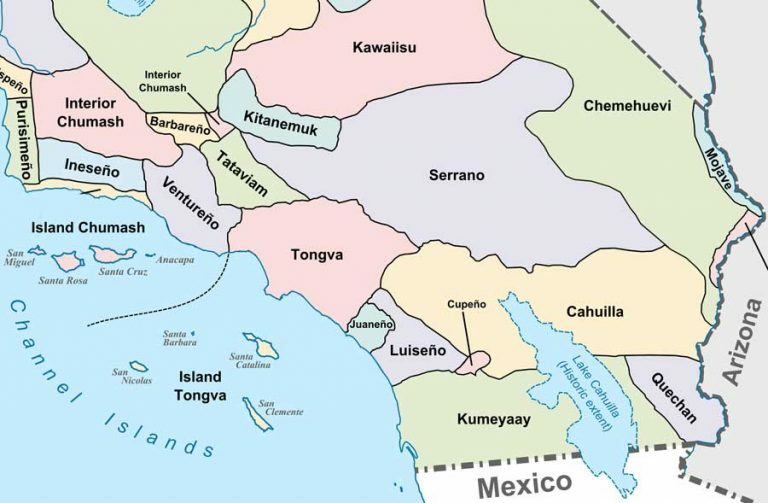Back in the Summer of 2020, I was on a Zoom call and I remember one of my colleagues said she was living on Micqanaqa’n land. This was Native land. This seemed odd to me because I knew she lived in Ojai, California. So when I had a chance to speak with her I asked about the Micqanaqa’n land she was living on. She told me she still lived in Ojai but had done some research through a website dedicated to documenting and educating people on indigenous lands and their ways of knowing. She found out that where she lived had been originally occupied by the Micqanaqa’n.
I found this intriguing because the history classes I enrolled in never talked about the indigenous peoples that lived on the land throughout Northern America.
She pointed me to the website Native-Land.ca so I checked it out. One sentence in an article struck me to my core “On whose homeland are you standing right now?” They call it Territory Acknowledgement.”
I like the idea.
So, where I live I acknowledge the land of the Kizh, the Chumash, and the Tongva. These tribes have rich histories, customs, and ways they are connected to their environment.

I love to cook and one of the resource pages for the /Gabrielenos referenced a Native American cookbook called “Chia, Cooking the Native Way”
The whole premise of the book is to use food to connect back to the land. At that moment something changed for me. Maybe it’s because I love nature but my experience of where I lived opened up to me. I knew this city was more than just the 733 Metro Bus humming up and down Venice Blvd, the cracked hilly sidewalks of Ocean View Ave my dog and I walk every morning.
Learning about how these coastal tribes were a maritime culture, and known as hunters and gatherers. Their boats - canoes, called tomols - enabled abundant fishing and trade, traveling up and down the coast to other villages. Tomols are usually constructed from redwood or pine logs. The Chumash people in particular were not dependent upon farming, as were other Native American tribes. Acorns, seeds, bulbs, roots, and nuts were seasonal staples, as was wild game, including bears, seals, otters, shellfish, deer, and rabbits.

To know that there once were vibrant indigenous peoples living in tune with nature right where I lived and walked somehow gave me comfort.
More importantly, it became clear that the descendants of these coastal tribes are vigorously in the process of restoring their identity. These were once sovereign people and now they are teaching their ways to their kids in hopes of preserving their culture. Many of the tribes are open to donations to assist them in their effort.
The Native-Land.ca website is clear that they are a work in progress and encourages feedback and involvement in their evolution.

In a city full of concrete and asphalt, honking horns and humming buses it’s important to know who was here before us, before urban sprawl. Cultures are depending on us to know their ancestors were here.
I acknowledge that I am on the traditional territory of the Chumash, Kizh, and Tongva.
